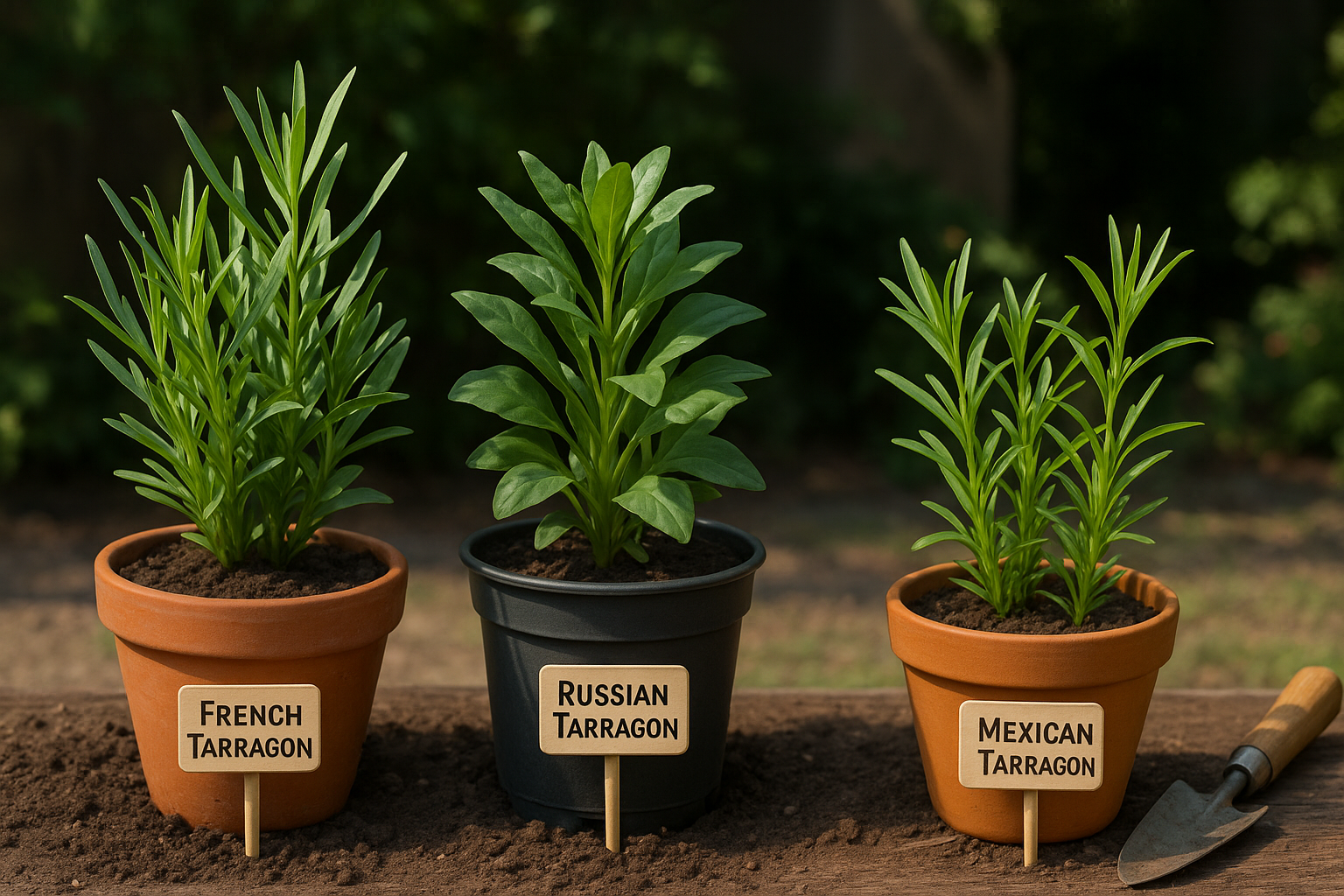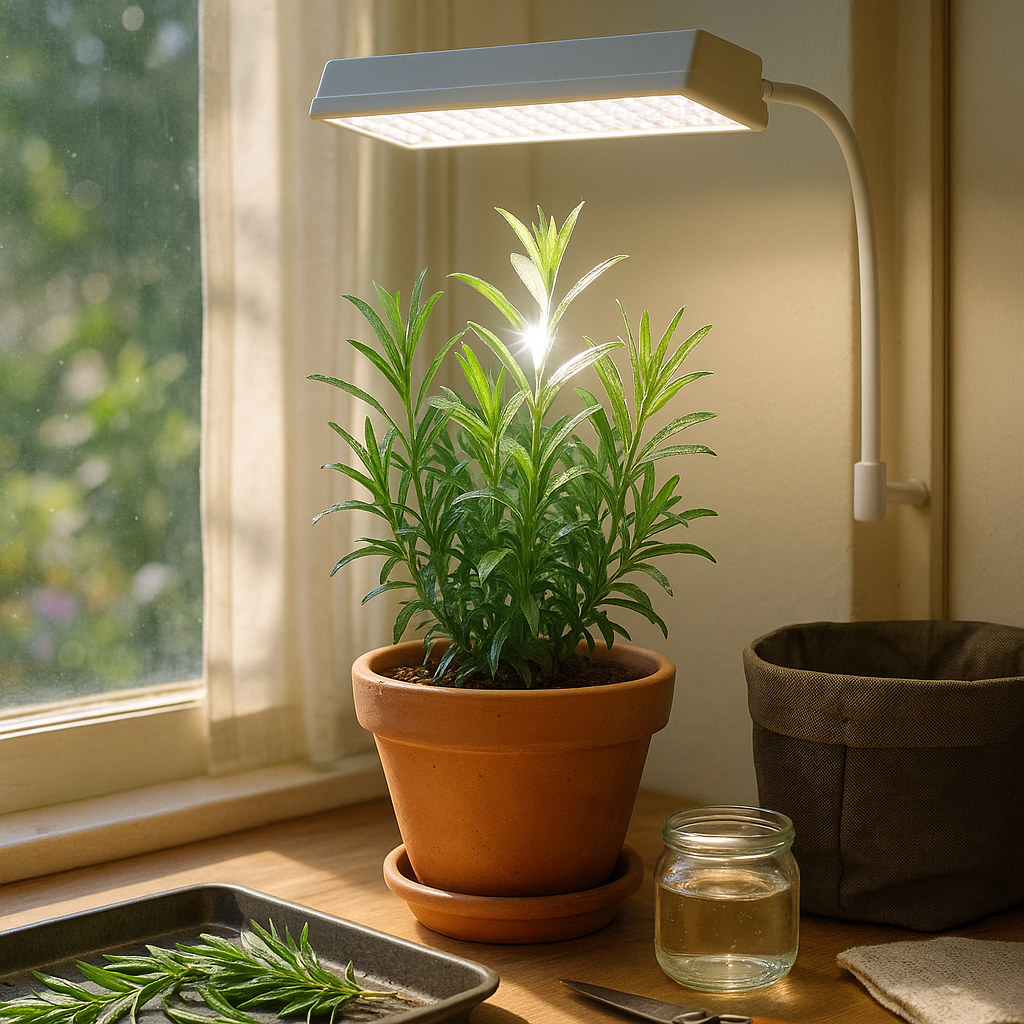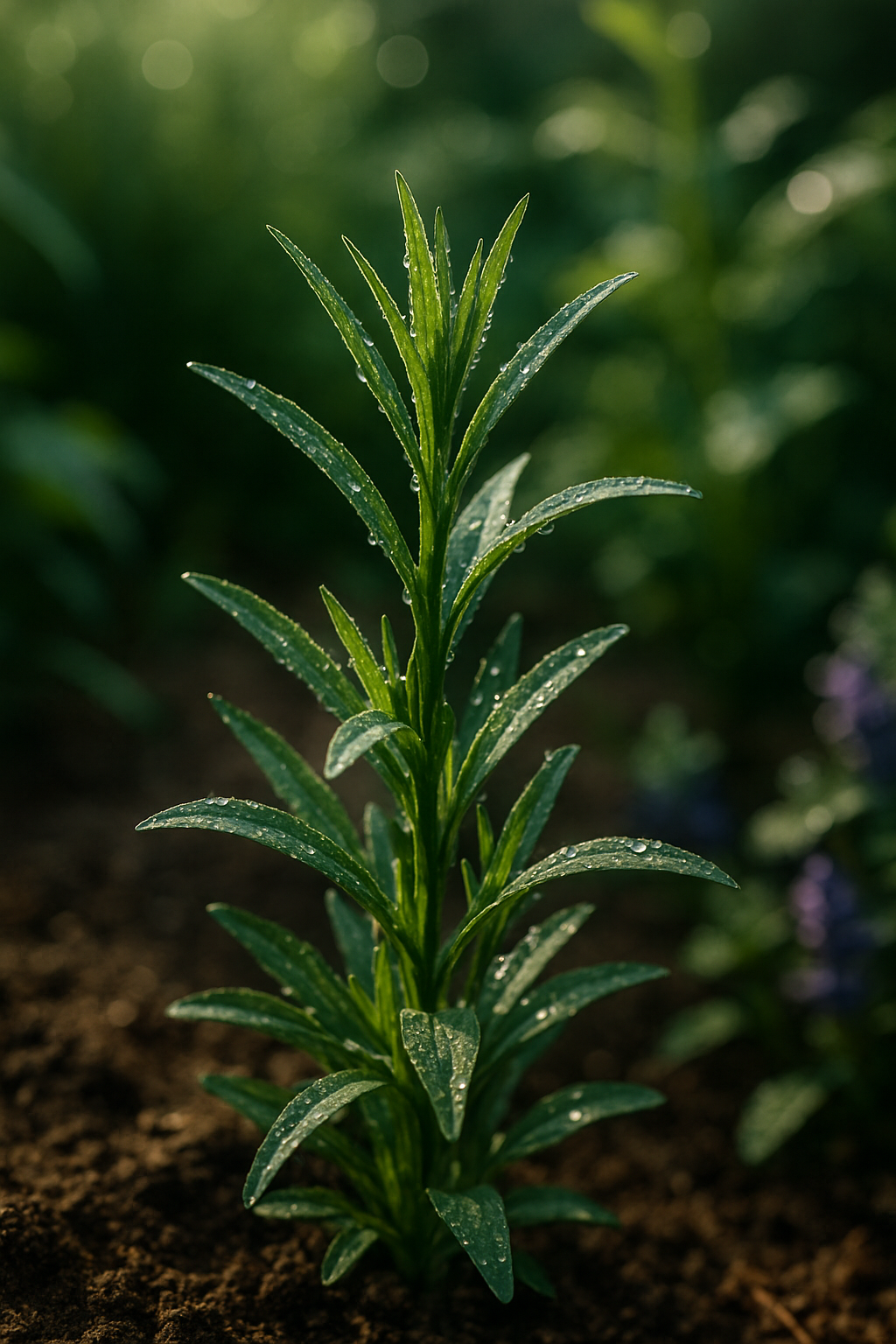Introduction
Tarragon’s sunlight needs are a crucial factor if you want to grow this flavorful herb successfully in your garden or on your kitchen windowsill. Beloved for its delicate anise-like flavor, tarragon is a favorite among chefs and home cooks alike, making it a versatile addition to everything from chicken dishes to salad dressings. But when it comes to getting the most out of your tarragon plant, one question stands out: does tarragon need full sun, or can it thrive in partial shade?
Understanding its sunlight preferences isn’t just a gardening technicality—it can mean the difference between thin, lackluster sprigs and healthy, robust foliage bursting with flavor.
Proper light exposure directly affects tarragon’s growth rate, leaf quality, and essential oil production—the very compounds that give the herb its distinctive taste and aroma. Too little sunlight, and you may end up with a weak plant and muted flavor; too much, and you risk scorching tender leaves, especially in hot climates.
If you’re hoping to harvest lush, flavorful tarragon regularly, knowing exactly how much sun it craves (and when it needs a break) can help you cultivate a thriving patch—whether you’re growing it outdoors, on a balcony, or indoors. In this article, we’ll clear up the confusion and share practical tips for meeting your tarragon’s sunlight needs.
Types of Tarragon and Their Light Preferences

French tarragon (Artemisia dracunculus var. sativa) is prized by chefs for its delicate, sweet, anise-like flavor, making it a favorite in classic recipes like béarnaise sauce. This variety grows best in full sun but appreciates a bit of afternoon shade in extremely hot climates, which helps keep its slender, aromatic leaves tender. French tarragon rarely flowers and is almost always propagated via cuttings rather than seeds, due to its sterile nature.
On the other hand, Russian tarragon (Artemisia dracunculus) is hardier and easier to grow from seed but lacks the nuanced flavor of its French cousin. Its taste is often described as coarse or bitter, making it less desirable in gourmet cooking. Russian tarragon thrives in full sun and can tolerate poorer soils and more exposure, reflecting its origins in open steppes and grasslands.
Then there’s “false tarragon,” also known as Mexican tarragon (Tagetes lucida). Although not a true tarragon, it is a popular substitute in warmer regions. It offers a similar licorice taste and grows vigorously in full sun while also tolerating partial shade.
When choosing which tarragon to grow, pay close attention to both your climate and the light patterns in your garden:
- French tarragon thrives in sunny spots with some afternoon protection.
- Russian tarragon prefers open, sun-soaked beds.
- Mexican tarragon is versatile, handling both strong sunlight and modest shade.
This makes Mexican tarragon a flexible choice for various environments.
Ideal Sunlight Conditions for Outdoor Tarragon
Tarragon thrives best in full sun, preferring at least 6 to 8 hours of direct sunlight each day. This herb loves bright, unfiltered rays for strong, flavorful leaves and vigorous growth, so aim to select a spot in your garden that isn’t shaded by larger plants or buildings.
If you’re growing tarragon in containers, place pots on a sunny patio or balcony where light won’t be blocked during the day—south or west-facing locations are usually ideal. While tarragon can tolerate a bit of partial shade, too little sunlight leads to leggy stems, fewer leaves, and a mild or diluted flavor. Chronic lack of sun can also make the plant more susceptible to fungal issues.
On the flip side, too much scorching sun, especially in very hot climates, might cause leaf scorching or wilting; in such cases, consider providing afternoon shade or moving containers to a spot with filtered light during peak heat.
A good tip for garden beds is to monitor your chosen tarragon site throughout the day before planting, noting how much direct sun it truly receives. For container growers, the flexibility to move the plant is a huge bonus—rotate the pot or shift its location as the season changes to ensure your tarragon always gets the sunshine it craves.
Growing Tarragon Indoors

Growing tarragon indoors can be tricky because this herb thrives on plenty of sunlight—in fact, it needs at least six hours of bright, direct light each day to stay healthy and flavorful. Many homes simply don’t get enough natural sun, especially during winter or in rooms with small windows.
If you have a south-facing window, that’s the best spot for your tarragon pot; place the plant as close to the glass as possible to soak up every bit of sun. But if the light still seems weak, or you notice tall, floppy stems and pale, stretched leaves (classic signs of light deficiency), it’s time to supplement with a grow light.
Choose a full-spectrum LED grow light and keep it about six inches above the plant, running it for around 12-14 hours daily. Rotate your pot every few days so all sides get equal light exposure.
Keep an eye out for subtle changes: healthy tarragon should look bushy, with vibrant green leaves and sturdy stems. If your plant stays leggy or dull, adjust the lighting setup until you see improvement—getting the light just right is crucial for robust indoor tarragon growth.
Common Light-Related Problems and Solutions
Many indoor gardeners struggle with getting the lighting just right for their plants. Signs of too much light include scorched, crispy leaf edges, bleached patches, or leaves curling upwards in self-defense. On the other hand, too little light usually results in leggy growth, pale or yellowing leaves, and stems stretching toward the nearest light source.
To fix excess light, try moving your plants away from direct windows, rotating them regularly, or adding sheer curtains to diffuse harsh sunlight. For outdoor plants, shade cloths or planting near taller species can offer some relief.
If you’re dealing with insufficient light indoors, place your plants closer to bright windows or use supplemental grow lights—LED and fluorescent bulbs are energy-efficient and designed specifically for plant needs. Remember to mimic natural daylight hours with a timer, running your lights for about 12–16 hours a day.
These simple adjustments can quickly revive your plants, helping them look healthier and grow stronger in any environment.
Conclusion
Tarragon thrives best when grown in full sunlight, soaking up six to eight hours of direct light each day. If you’re planting outdoors, choose a spot that stays sunny well into the afternoon, away from tall plants or buildings that might cast shade. For those gardening in hotter climates, a little afternoon shade can help prevent the leaves from scorching.
If you grow tarragon indoors, placing pots near a south-facing window or supplementing with grow lights will keep the plants vigorous and flavorful. Remember, every garden is unique—monitor your tarragon for signs of stress such as pale leaves or leggy growth, and be ready to shift its location if needed.
For the tastiest harvest, snip stems early in the day when the oils are most concentrated, and use sharp scissors to avoid bruising the delicate leaves. This attention to detail will help you enjoy robust, aromatic tarragon all season long.
